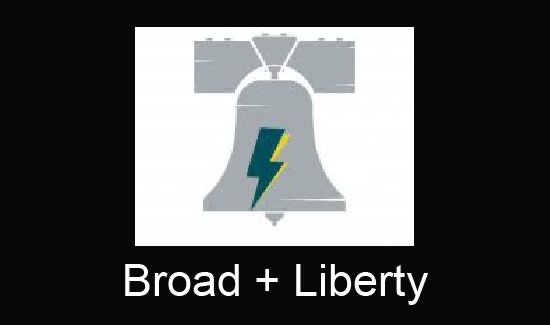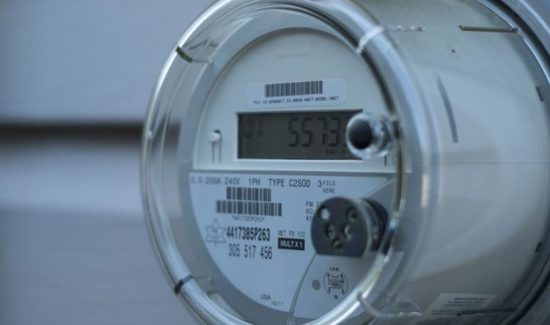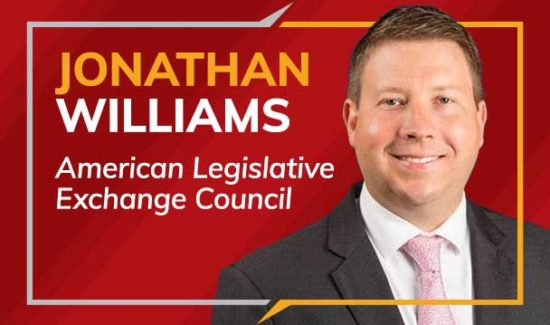A Hard Look at Pittsburgh School Budget
(December 7, 2016)– Summary: For several years the Pittsburgh Public Schools has had total outlays near or above $20,000 per student, ranking it among the highest spending districts in the state. And the 2017 budget will continue that dubious distinction. The high spending level is—or should be—cause for concern in light of the District ranking 468th academically among 585 school administrative units including 500 regular school districts along with special units such as technical schools and charters.
The Pittsburgh Public Schools (PPS) 2017 budget calls for $596.9 million in total expenditures, an increase of $24 million (4.1%) above the 2016 budgeted level. Note too that 2017 spending will be almost $50 million (9%) higher than the 2015 level and $98 million (20%) above the 2013 level. This during a period when enrollment has been slipping lower.
Most of the net increase in the 2017 budgeted spending compared to 2016 can be attributed to three items; pension funding (up $7.7 million), books and supplies (up $7.3 million) and charter schools (up $8 million).
Obviously, these were not the only boosts in spending but were the largest of the line items. There were some offsetting declines such as a $670,000 dip in classroom teacher salaries, a nearly $3 million cut in contracted carrier expense and a $1.5 million reduction in health insurance. The teacher salary drop does not reflect fewer teachers but instead almost certainly the replacing of retirees with lower paid new hires.
PPS has budgeted $60.6 million for pensions of which $32.5 million is funded by state government allocation, leaving it to PPS to provide the other $28 million from non-state (mostly local taxes) funds. In 2016 PPS contributed non-state funds of $24 million and in 2015, $20 million. Thus the PPS share of rising pension funding requirements is growing about $4 million per year. Unfunded liabilities in pensions for teachers and state workers are a major contributor to school and state budget problems that will last for quite some time.
The books and supplies expenditure hike by over $7 million is a major departure from recent annual outlays. Consider that the 2017 budgeted spending of $10.9 million was preceded in the previous four years by: (all data in millions); $1.26 in 2013, $1.34 in 2014, $0.56 in 2015, and $3.65 in 2016. As a result the combined 2016 and 2017 expenditure of $14.5 million stands $11 million above—or 4.6 times higher—than the three prior years’ spending combined.
Then too, the big jump in charter school spending to $68 million is also intriguing. The PPS expenditure for charter schools has been in the previous four years (all data in millions): $46.3 in 2013, $54.2 in 2014, $57.0 in 2015, and $60 in 2016. In four years through 2017 the expenditures will have jumped by almost $24 million (52%). Data for charter school attendees along with K-12 enrollment in PPS schools for the years 2010 through 2016 are presented in the budget document. These data show PPS enrollment declining each year and falling from 25,326 in 2010 to 23,286. Meanwhile, charter school enrollment rose from 2,654 to 4,072. Combined charter and PPS enrollees totaled 27,980 in 2010 and 27,358 in 2016—a net decline of 622 students enrolled.
Several questions arise. With combined enrollment falling why has spending climbed 20 percent from the 2013 level to the budgeted 2017 level—an average of 5 percent per year? Surely, it is not due to inflation. During the period, on a per student basis that counts charter and PPS enrollees, spending has climbed from $17,800 to $21,800 (22.5%). Over this period charter school expenditures by PPS rose from $46.31 million ($13,040 per student) to $59.8 million ($14,680 per student), a rise of 12 percent. Note that the PA Department of Education required PPS to remit to the charter schools $14,430 per regular student and $30,000 for special education students. So if PPS followed the state requirement there must have been a small number of special education students in the charters to boost the average payout to $14,680.
Meanwhile, per student spending for PPS enrollees (total outlays minus charter school funding divided by PPS K-12 enrollees) climbed from $18,445 to $22,029—a 19.4 percent increase—and pushed the gap between PPS per student funding and charter school student funding from $5,405 to $7,349 or 36 percent.
Now PPS says it will raise charter funding by $8 million in 2017 to just under $68 million. The Department of Education has set the 2016-17 school year charter required payments at the year earlier levels. Presumably, the special education to non-special student ratio will not change dramatically in 2017 so the average required payout will be close to $14,680 as in 2016. Therefore, it would appear that PPS is expecting a jump in charter enrollment of 560 students (14%). The per student spending for PPS enrollees will depend on what happens to the combined charter and PPS enrollment count. If the total of charter plus PPS students remains at the 2016 level that will mean PPS K-12 membership will fall to 22,726. That would put per PPS enrolled student expenditure at $23,271.
Another possibility is that actual spending for charters is coming in much higher than was budgeted for 2016 and the increase for 2017 reflects that circumstance. But if that is the case then PPS enrollment has almost certainly fallen along with the rise in charter school increases.
It must be pointed out that since the cost per charter student is much lower than the cost of PPS enrollees, as long as PPS can continue to count on no cuts in revenue from the state and they can fund four percent growth in outlays per year there is nothing to worry about from the financial impact of charters.
Conclusion: The bottom line is that PPS has a big problem. It spends far more per student than the state average and is delivering far less than a satisfactory academic outcome for a majority of its pupils. PPS should be deeply concerned about the image of a poor quality school district that is getting worse and not better.
Perhaps the school board should take a long hard look at the real problems PPS faces and work on some solutions that will truly matter in the education of the kids. Real school choice for all students that includes options other than charter schools would be an excellent start. Lobby for it. Find ways to implement without Harrisburg. Thousands of lives are being shortchanged in the current system. With enrollment declining anyway, why not make an effort to do what is right and best for the kids?
Jake Haulk, Ph.D., President
If you wish to support our efforts please consider becoming a donor to the Allegheny Institute.The Allegheny Institute is a 501(c)(3) non-profit organization and all contributions are tax deductible.Please mail your contribution to:
The Allegheny Institute
305 Mt. Lebanon Boulevard
Suite 208
Pittsburgh, PA15234




